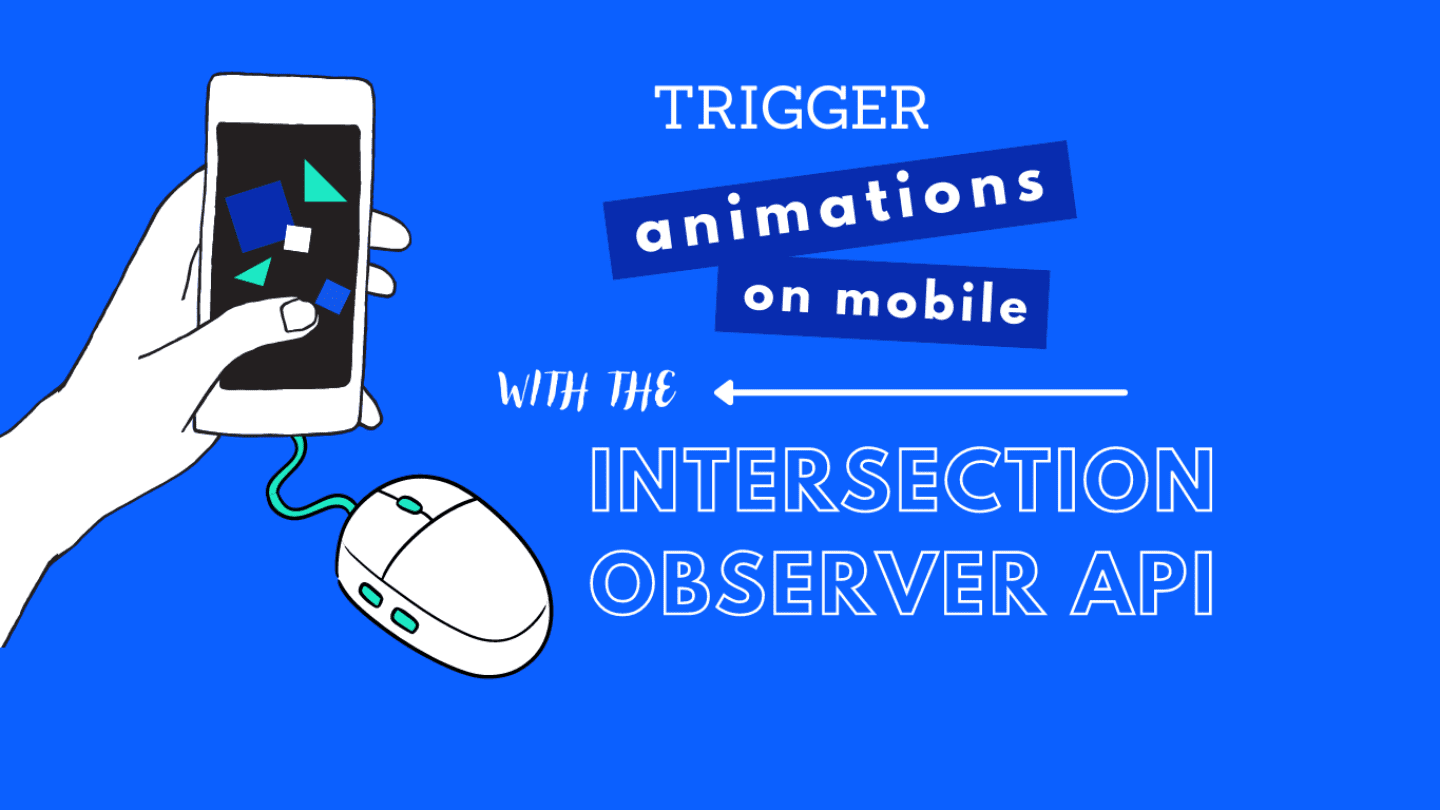Introducing the Interest Invoker API, a groundbreaking feature in Chrome 139 that greatly enhances user interface design by facilitating the creation of hover-triggered popovers. This API makes it easier for developers to implement tooltips, hover menus, and quick actions through simple HTML elements, minimizing the reliance on JavaScript for managing hover interactions. With its declarative structure, the Interest Invoker API automatically handles critical events like mouseenter and mouseleave, freeing developers to focus on creating engaging content rather than intricate code. Not only does it streamline the development process, but it also incorporates accessibility features from Open UI, ensuring that all users have a seamless experience. As we dive into the capabilities of the Interest Invoker API, let’s explore how it redefines hover interactions and enhances user engagement.
The Interest Invoker API represents a new frontier in interactive web design, allowing creators a straightforward method to produce engaging interfaces through hover interactions. This innovative tool supports the generation of contextual hints and hover elements by leveraging a simple HTML-based syntax. By replacing more complex JavaScript with declarative attributes, the API promotes a cleaner codebase while enhancing functionality across various applications. It also emphasizes the importance of accessibility, enabling all users to benefit from intuitive navigation and informative overlays. As we examine this tool’s immense potential, it becomes clear that the Interest Invoker API is poised to revolutionize how developers approach user engagement with hover-triggered elements.
Understanding the Basics of the Interest Invoker API
The Interest Invoker API is an innovative feature introduced in Chrome 139, enabling developers to create advanced user interfaces that respond to hover interactions. This API, proposed by Open UI, streamlines the process of displaying tooltips, quick actions, and other interactive elements, all while ensuring accessibility by managing mouse events without the need for additional JavaScript coding. The beauty of this declarative approach lies in its simplicity; developers can focus on building the desired UI components in HTML, allowing the browser to handle user interactions seamlessly.
For instance, a simple structure can be created using an anchor tag as the hover trigger and a corresponding div as the interest target. This means an interactive tooltip can be implemented quickly without complicating the code with event listeners or scripts, which speeds up development and enhances maintainability.
Exploring the Role of the Interest Trigger
At the heart of the Interest Invoker API is the concept of the interest trigger. This element serves as the point of interaction for the user, where hovering or long-pressing will reveal additional information or actions. While one might call it an ‘invoker,’ to prevent confusion with other APIs, using the term ‘interest trigger’ is more fitting and widely understood in the context of hover interactions.
There are several HTML elements that can function as interest triggers, including links, buttons, and areas within an image map. Each of these elements can have the ‘interestfor’ attribute, which links them directly to their corresponding popover targets. This design reinforces the API’s usability and encourages developers to create engaging and interactive experiences for users.
The Functionality of Interest Targets
Once the interest trigger is activated, attention shifts to the interest target—essentially the popover that conveys the additional information. Determining the correct type of popover is crucial because different attributes dictate their behavior in terms of visibility and accessibility. For instance, popovers set to ‘auto’ can be easily dismissed, enhancing the user experience by allowing for a clean interface.
Moreover, these targets can be tailored to specific needs through assorted configurations. For example, hint popovers are designed for easy dismissal, whereas manual popovers can remain visible, offering developers flexibility in how they present information to users. The dynamic nature of these interactions showcases the API’s potential for building fluid interfaces that adapt to various user behaviors.
Navigating JavaScript Events in Interest Invokers
Although the Interest Invoker API is designed to minimize the need for JavaScript, there are still instances where developers may want to listen for specific events such as ‘interest’ and ‘loseinterest.’ These events provide insight into user engagement, allowing developers to create tailored experiences based on interactions.
Implementing these event listeners is straightforward and integrates smoothly with the trigger elements. For example, capturing the moment a user shows or loses interest in an item can help refine the interaction further, contributing to a more personalized user experience. Such capabilities highlight the balance between declarative simplicity and the option for enhanced interactivity through JavaScript.
The Importance of Interest Delay in User Experience
One of the subtle yet significant aspects of the Interest Invoker API is the concept of interest delay, which affects how users interact with popovers. As users hover over a trigger, the slight delay in displaying the popover can prevent unintentional activations caused by cursor movement. This consideration is particularly crucial for small targets where accidental exits are common.
Furthermore, the delay also benefits keyboard and screen reader users by allowing them to navigate without accidentally triggering popovers. By adjusting CSS properties such as ‘interest-show-delay’ and ‘interest-hide-delay,’ developers can fine-tune these aspects, ensuring a smooth experience that minimizes frustration while maintaining the necessary functionality.
Conclusion: Looking Forward with Interest Invokers
In essence, the Interest Invoker API presents an exciting opportunity for developers looking to create responsive interfaces that remain user-friendly and accessible. The concept of hover-triggered popovers, combined with the intuitive attributes defined within the API, showcases the innovative potential of modern web development.
As we adapt to diverse input methods, especially on touch devices, understanding how to leverage these tools effectively becomes paramount. While the current implementations offer a solid foundation, continuous improvements and discussions around accessibility will only enhance the capabilities of this API, allowing for even richer user experiences in the future.

Final Thoughts on the Interest Invoker API
In conclusion, the Interest Invoker API represents a significant advancement in creating interactive web elements, particularly for hover-triggered functionalities. As we navigate the challenges of hover interactions on various devices, it’s clear that this API streamlines the process for developers while prioritizing accessibility. The integration of declarative HTML makes it easier to implement tooltips, popovers, and hover cards without the complexity of JavaScript, thereby enhancing user experience. Moreover, with careful attention to details like interest delays and focus management, it fosters smoother interactions for both mouse users and those relying on keyboard navigation.
However, the implementation of interest targets on touchscreen devices remains a topic for further exploration. While long-press actions provide a potential workaround, they may not entirely solve the issues prevalent in touch navigation. Ultimately, as browsers continue to refine their approach with the Interest Invoker API, we can anticipate more intuitive and responsive interfaces that bridge the gap between mouse and touch interactions, paving the way for a more harmonious user experience across platforms.
Key Takeaways:
– The Interest Invoker API simplifies the creation of hover-triggered interfaces with the use of HTML.
– Accessibility considerations are integral to the design, differentiating behavior based on popover types.
– The approach accommodates both mouse and keyboard navigation, aiming to minimize user error.
Looking Ahead: The Future of Hover Interactions
As we look forward, the Interest Invoker API holds the promise of revolutionizing how users interact with digital content. While its current implementation focuses on hover effects, the potential for adapting this technology to enhance touch interfaces is profound. Developers can leverage the opportunities presented by this API to create not only visually appealing components but also functional tools that cater to a diverse audience. The reaction to this framework in the developer community will undoubtedly shape its evolution.
Furthermore, as we continue to push the boundaries of web interactivity, it is essential to engage in discussions around user experiences. Open UI’s philosophies encourage collaboration among developers, designers, and stakeholders to ensure that future implementations remain user-centric. With a growing emphasis on accessibility and inclusive design, APIs like Interest Invoker can pave the way for a rich web ecosystem where every user benefits from seamless interactions, regardless of their device or capabilities.
Key Considerations for the Future:
– Continuous engagement with the developer community will help refine the API’s usability and features.
– Emphasizing accessibility will ensure that all users can benefit from new web technologies.
– Exploring adaptations of the API for various devices will enhance the overall user experience.















